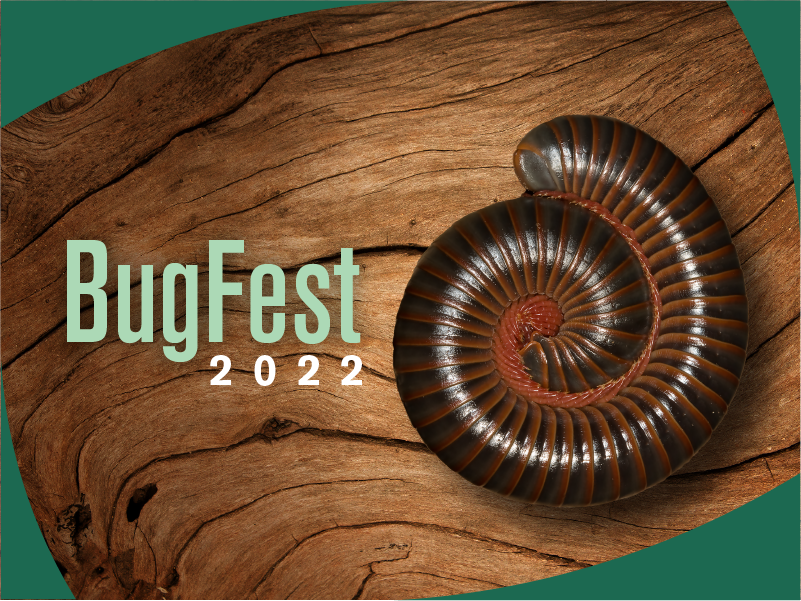
BugFest is back and buggier than ever! In person at NC Museum of Natural Sciences, Sept. 17
September 8, 2022
(RALEIGH, N.C.) — For the first time in three years, the North Carolina Museum of Natural Sciences’ largest annual event is back in person. BugFest, the largest one-day bug-centric event in the country, introduces Museum guests to a range of arthropods from North Carolina and around the world. Satisfy all your web weaving, wing flapping,… Read More >
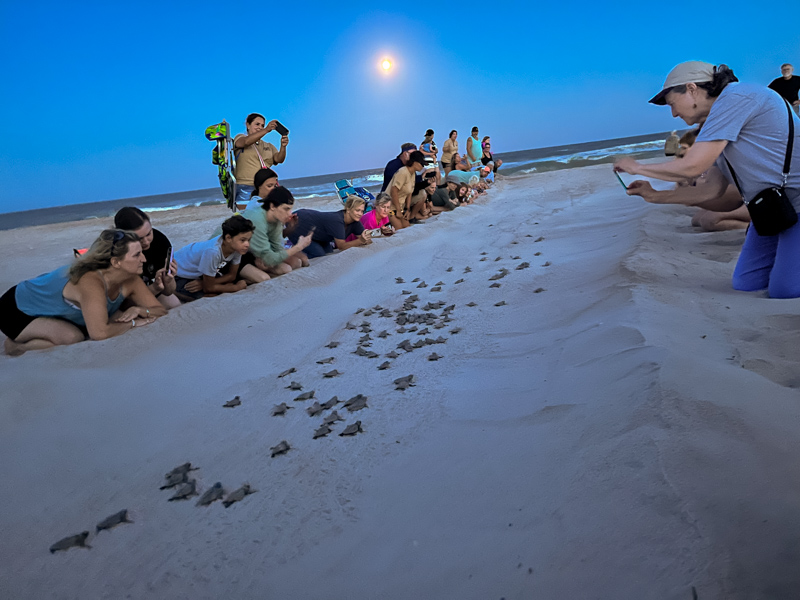
Topsail Sea Turtle Trip
September 7, 2022
By Greg Skupien, Curator of the Naturalist Center On Wednesday, August 10, staff and participants arrived on Topsail Beach on the Museum’s annual sea turtle trip. That evening we headed out to the beach and staked out our spots in front of a Loggerhead Sea Turtle nest that had been incubating for 63 days. The… Read More >
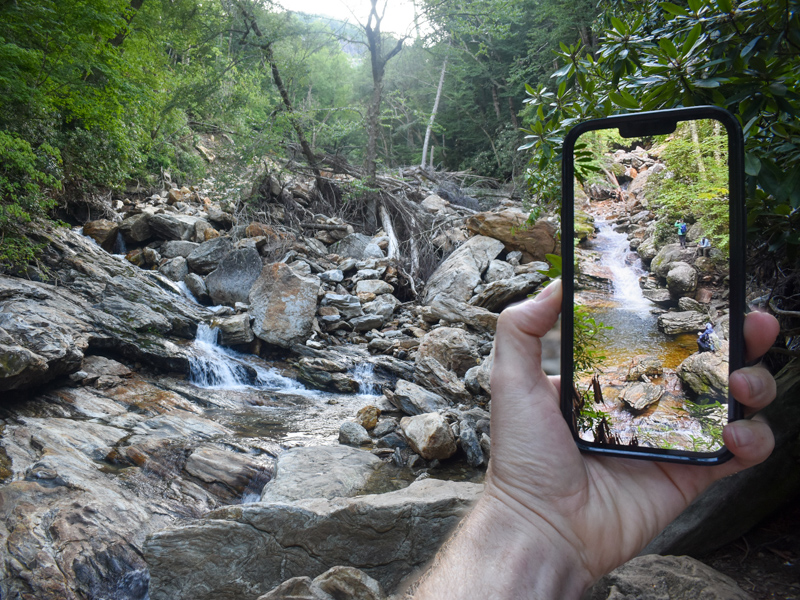
Skinny Dip Falls — The Naked Truth
August 30, 2022
What remains of Skinny Dip Falls, next to a cell phone photo of the falls as they existed before the tropical storm. Photo: Chris Smith. By Chris Smith, Coordinator of Current Science Programs Picture in your mind the most pristine mountain waterfall you can imagine. Now, imagine a giant bulldozer driving down the middle of… Read More >
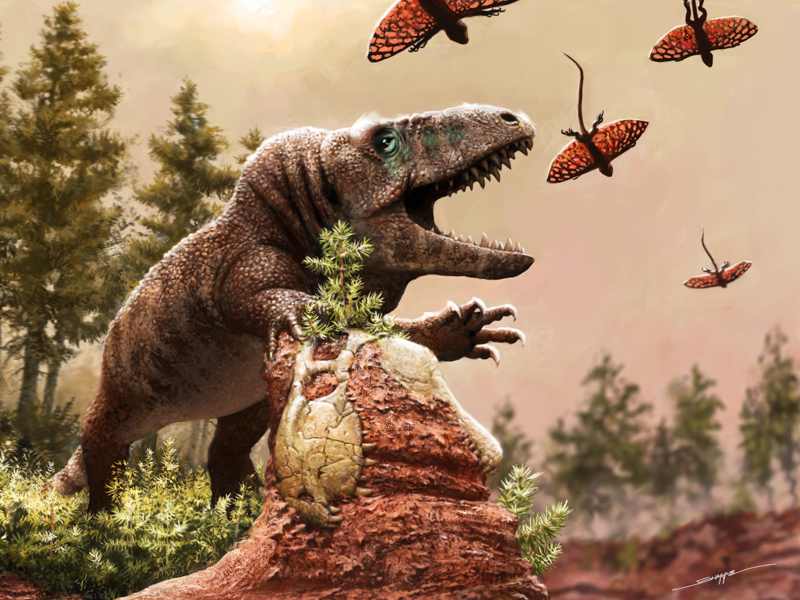
Global warming spawned the age of reptiles
August 19, 2022
Artistic reconstruction of the reptile adaptive radiation in a terrestrial ecosystem during the warmest period in Earth’s history. Image depicts a massive, big-headed, carnivorous erythrosuchid (close relative to crocodiles and dinosaurs) and a tiny gliding reptile at about 240 million years ago. The erythrosuchid is chasing the gliding reptile and it is propelling itself using… Read More >
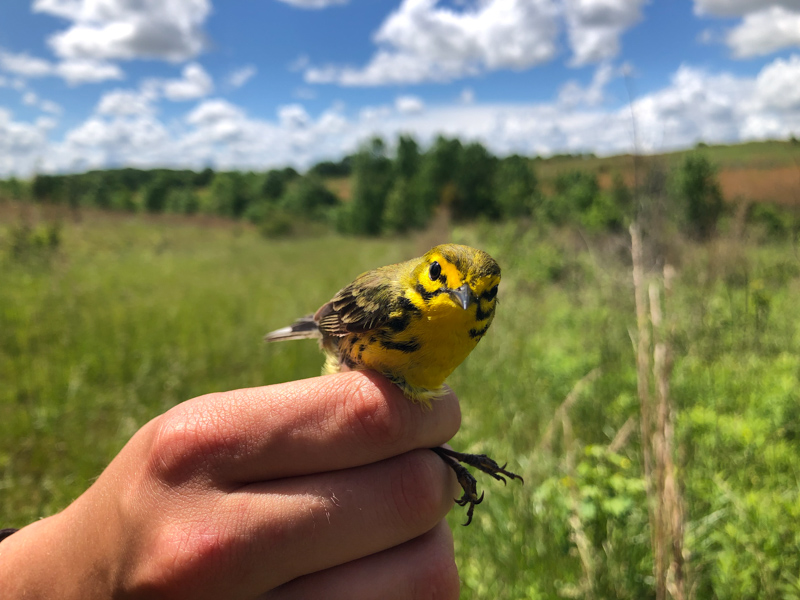
Flight Interrupted — Bird Banding in Central NC
August 17, 2022
During mating season, migratory Prairie Warblers are found in overgrown shrubs and along the edges of regrown forests throughout the East Coast and much of the Southern United States. Photo: Cameron Stuart. By Cameron Stuart, NCMNS Marketing & Communications Intern Museum ornithologist John Gerwin drove his van slowly down a grassy, bumpy path into the… Read More >

